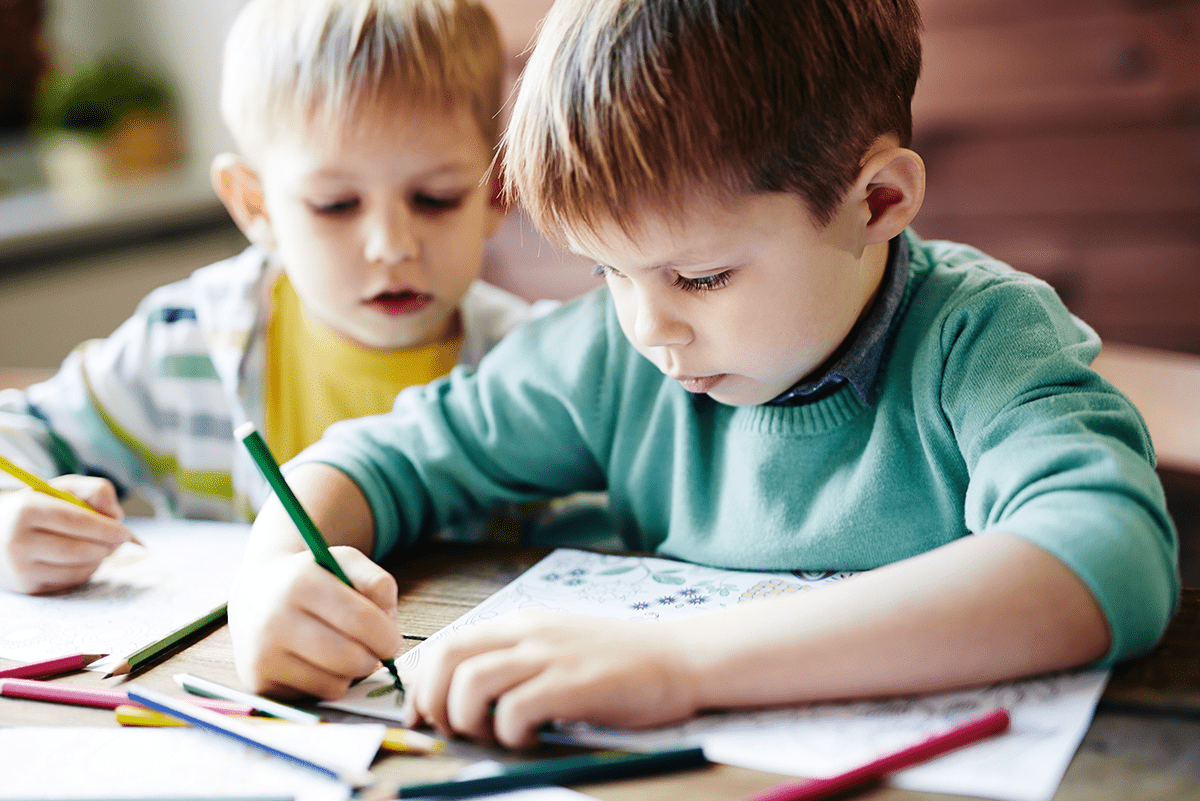It has been said that art is a universal language. This is certainly true when it comes to encouraging children. No matter what their background or culture, children have a natural affinity for art. When given the opportunity to express themselves through art, children can explore their feelings, release their imagination, and connect with their inner selves.
There are many benefits to encouraging children to express themselves through art. It can help them to develop fine motor skills, learn about colour and form, and gain a deeper understanding of the world around them. Art can also be a great way for children to bond with each other and build self-confidence. It has been said that every child is an artist. Whether this is true or not, there is no doubt that exposure to great art can have a profound effect on young minds. We will look at the works of Picasso, Monet, Van Gogh and other great artists and see which of our children emulate these amazing trailblazers. We will also visit galleries to see art in situ. This will provide your children with a richer educational experience, and will also help broaden their horizons and develop a greater appreciation for the arts.
Willows Pre-School will help your child unleash their creativity, and encourage them to express themselves through art. There are endless possibilities, and you may be surprised at the hidden talent of your little artist.
Open-ended questions
When looking at a work of art with your child, it can be helpful to ask open-ended questions that encourage them to share their thoughts and feelings about what they see. Here are a few examples:
- What do you notice first?
- What does this remind you of?
- How do the colours make you feel?
- What do you think is happening in this scene?
- Who do you think made this? Why do you think so?
- Tell me more about what you see.
What are loose parts?
Defined simply, loose parts play is any activity that uses materials that can be moved, carried, combined, taken apart, and put back together in an endless number of ways. The key word is “endless”- with loose parts, there are no right or wrong ways to play. The term was coined by educator Simon Nicholson in the 1970s, and it has since been adopted by early childhood educators as a way to encourage creativity and problem-solving in young children’s Loose parts can be natural (sticks, leaves, stones) or man-made (blocks, buttons, pipes). They can be found indoors or outdoors. And they can be used alone or combined with other materials. The possibilities are limited only by a child’s imagination.
There are many benefits to loose parts play. It helps children to develop creative thinking and problem-solving skills as they figure out how to use the materials in new and different ways. It also promotes fine and gross motor development as children grasp, manipulate, and move the materials. And because loose parts play is open-ended and non-prescriptive, it allows children to take the lead, setting their own goals and following their own interests. In short, loose parts play is a great way to encourage learning and exploration in young children.
When children are playing with loose parts, they are using their imaginations and creativity to create something new. Asking open-ended questions during play can help promote learning and understanding. Here are some examples of questions you could ask:
- What do you think this piece could be used for?
- How could you combine this with other pieces to make something new?
- What would happen if you added more pieces/took away some pieces?
- Can you show me how you made that?
- What does this remind you of?
- Tell me a story about what is happening in this scene.
Asking questions like these can encourage children to think critically about their play, and it can also give you insights into their thoughts and feelings. By showing interest in their play, you can create a bond with the child and help them feel valued.



